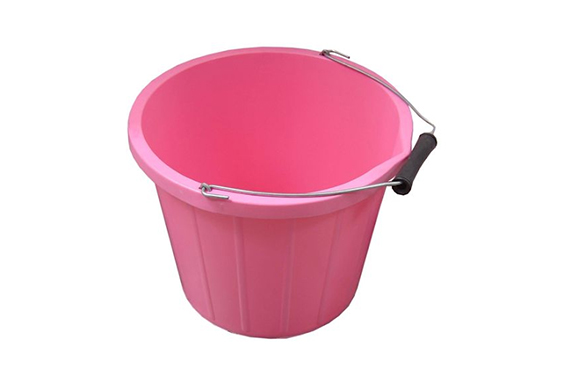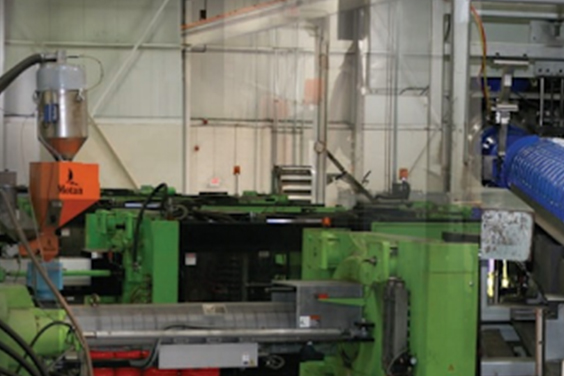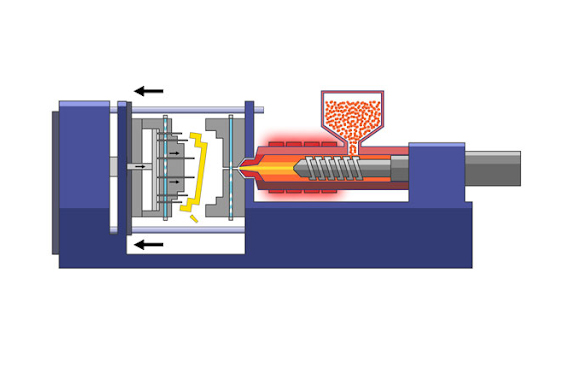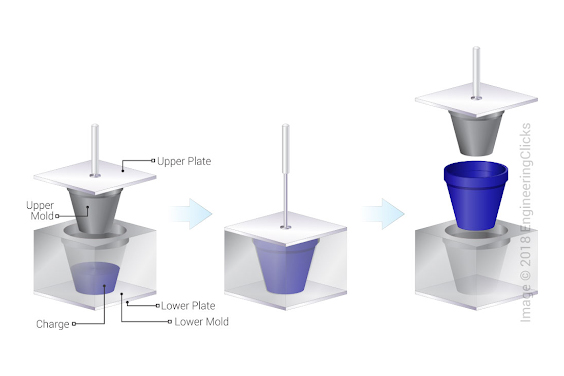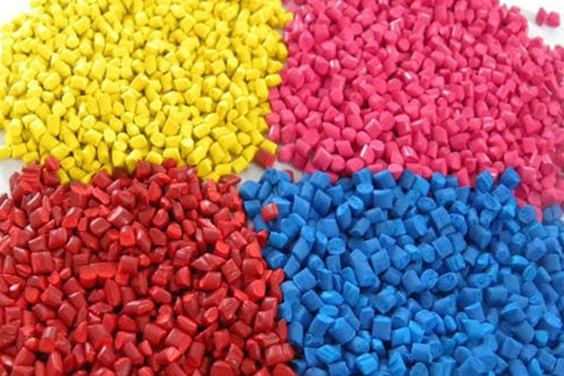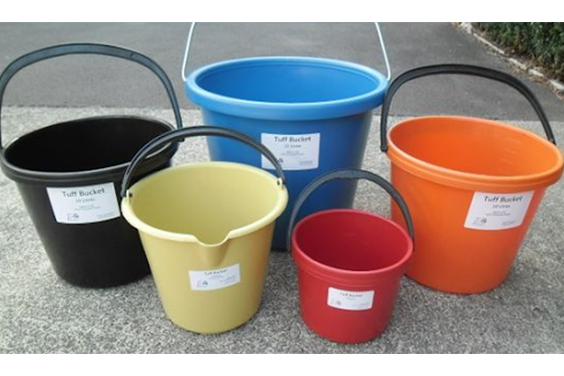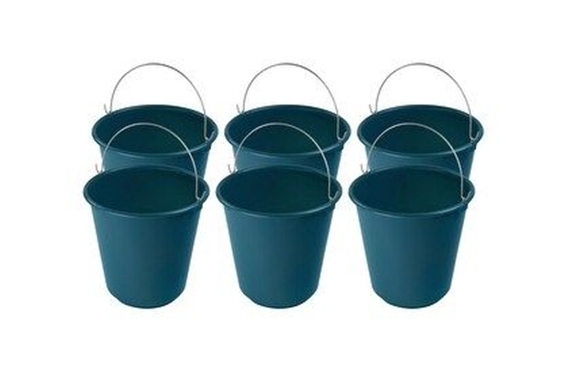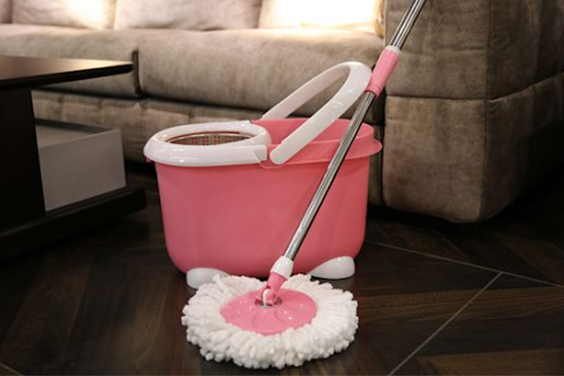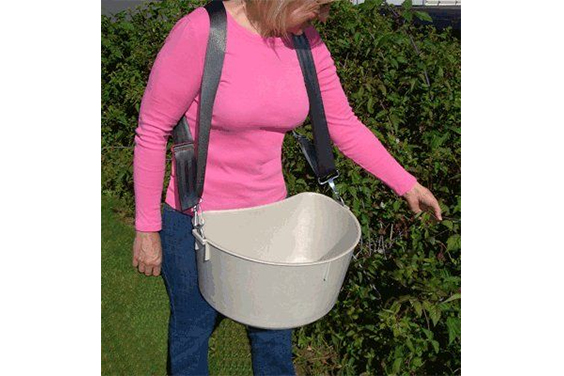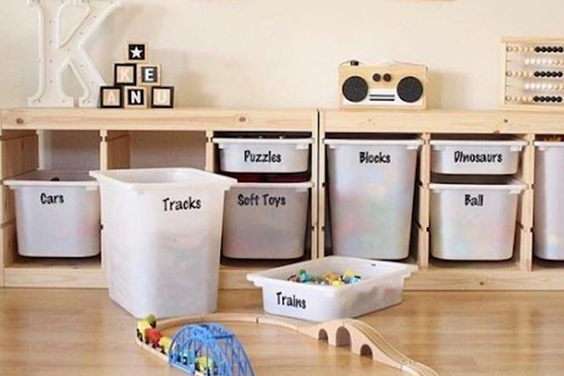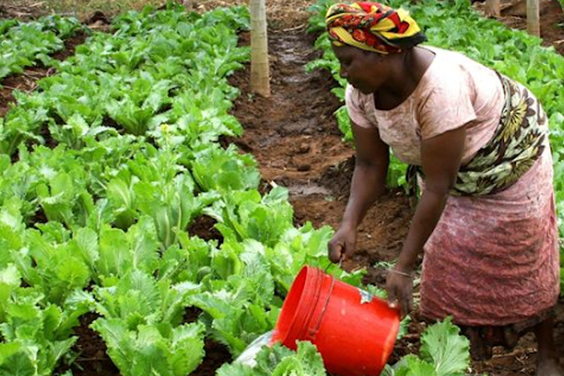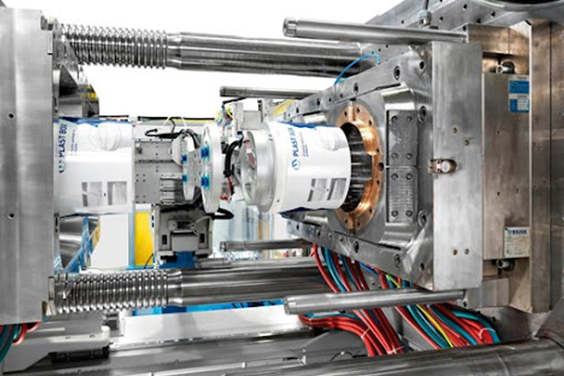The Ultimate Guide On Plastic Buckets
- Home
- > Blog
- > The Ultimate Guide On Plastic Buckets
Share :
Share :
Plastic buckets are important tools in our daily lives. People use them for different purposes depending on which task they are carrying out. The most common use of a plastic bucket is to ferry water from one place to another which almost every one of us has done. In this article, we will discuss plastic buckets, their manufacturing process, common materials used in plastic buckets, types of plastic buckets, their applications, and many more. Read on.
What Are Plastic Buckets?
A plastic bucket is a type of plastic container used for a variety of purposes, including building, housing, shipping, and food and beverage storage. A plastic pail is another name for it. It is crucial in the transportation of a wide range of fluids and liquid products. Most plastic buckets are made through mold making technology to ensure the output is robust and durable. Currently, most plastic bucket manufacturers have adopted the technique.
Plastic Bucket Manufacturing Methods
There are different methods used in manufacturing plastic buckets depending on the material used, size of the bucket, shape of the design. Let us have a look at some of these methods.
Injection Molding
Injection molding is a plastic forming technique that entails injecting molten plastic into a confined chamber or mold. There are three main operations in this process:
- The plastic is heated and ground until it flows under pressure.
- Allowing the material to cool after injection into the mold.
- To expel the plastic bucket, open the mold.
A reciprocating screw-type extruder is the most common injection molding equipment. The screw is compounded by kneading and mixing it repeatedly. The screw moves to force the plastic out of the extruder and into the mold when it is ready to be injected.
The shape of the plastic container is contained within the mold. It is often made up of two halves. The one is stationary, while the other is moving. After the product has been molded, one-half moves to release it. There are multiple apertures or channels in the mold. These are responsible for bringing plastic into the mold, venting air, and allowing some plastic to flow out.
Compression Molding
Compression molding involves squeezing the plastic resin against two molds. When producing large thermosetting plastics goods, this method is preferred. The procedure is outlined below.
- Start by Placing a mass compounded plastic charge onto the lower mold.
- Secondly, you Lower the upper mold to compress the material.
- The plastic resin is being cured.
- Lastly, Cool the product and extract it from the mold.
In most cases, the compression press closes downward. There are additional upward closing compression presses available. Internal heating components in the mold soften the plastic charge. This permits the plastic to flow around the mold in the desired shape. The plastic is also cured by heat.
Some plastics may emit gases during the curing process, which must be released through a separate process known as degassing. Containers with fiber components are also molded using compression molding. While the plastic charge is being formed, glass or carbon fibers can be added.
Compression molding is confined to making containers that are open on one side, similar to injection molding, which requires two mold halves. Large bins, tubs, plastic buckets, and trays are examples of compression molding containers. Compression molding can also be used to make plastic bottle tops.
Common Materials For Plastic Buckets
There are different types of plastic resins used in manufacturing plastic buckets. Buckets vary in designs depending on the bucket mold used in the process. Color and size can also be considered depending on the type of material used. Let us have a quick look at the common materials for plastic buckets.
- Polyvinyl Chloride (PVC). PVC is easy to work with and mold into shapes, making it an incredibly practical material. It is also inexpensive to produce and highly resistant to chemical and biological harm. PVC is one of the most versatile materials in terms of qualities. It can be used to make firm, lightweight sheets, such as Foamex and plastic buckets.
- Low-Density Polyethylene (LDPE). LDPE is a highly non-reactive substance at normal living temperatures, which explains why it has become one of the most widely used plastics today. It can tolerate temperatures of up to 100°C, and while it is not as strong as HDPE (the high-density equivalent), it is far more durable.
- Polypropylene (PP). Polypropylene is a strong and flexible plastic that is one of the most effective materials for injection molding when melted. However, in comparison to other plastics, it has a relatively high-temperature tolerance and is regarded as a food-safe substance. This material is also suitable for manufacturing plastic buckets.
- Acrylonitrile Butadiene Styrene (ABS). ABS is resistant to corrosive substances as well as physical forces. It's simple to machine, readily available, and has a low melting temperature, making it ideal for injection molding and 3D printing. These properties make it an ideal material for plastic bucket manufacturing
- Polyethylene (PE). PE is a low-cost thermoplastic molding material with excellent chemical resistance, flexibility, and electrical insulation. It isn't particularly tough or durable, but it is affordable. Consumer plastic parts, milk bottles, medicine and detergent bottles, plastic bags, and trash cans all include it. PE is also the most popular injection molding resin for toys since it is non-toxic and can withstand a lot of abuse.
Types Of Plastic Buckets
We have different types of plastic buckets depending on the intended work. These plastic buckets come in different shapes, sizes, and colors depending on the mold design used by the manufacturer. Today we will focus on just a few, check out the list below.
Water Bucket
Water buckets were used prior to the widespread availability of running water, and they were used to hold drinking water in homes. Water buckets are now used to feed livestock and pets, particularly horses. A horse’s water bucket will be a suitable size for the animal. This might be anything from a 4liter to 25liter, depending on the size of your horse and how many you are caring for.
Water buckets are filled with water so the horse can drink whenever he wants. Larger buckets are convenient because they don’t need to be refilled as regularly, but if the water isn’t changed frequently enough, they might become filthy. Plastic buckets, such as polyurethane, which is slightly flexible, are the most common material used to make water buckets.
Mop Bucket
A mop bucket is a piece of cleaning equipment that may be used around the house to assist clean hard floor surfaces. Mop buckets are generally composed of plastic with a handle. They are commonly used to transport soapy water around the house for the mop to dip in and out of. Some mop buckets have a wringer on the top so that the user can squeeze excess water out of the mop before using it, as well as remove dirty water from the mop so that dirt is not spread all over the floor.
Harvest Bucket
Crop workers employ a harvest bucket for gathering fruit or vegetables from their gardens. This style of the bucket is typically constructed of plastic, with a cross-body strap made of a sturdy and comfortable fabric. A harvest bucket makes crop harvesting easier since it eliminates the need to constantly bend down to load harvests into a bucket on the floor. It also means that the crop picker will no longer have to move a bucket around the ground while working because it will be attached to them.
Storage Bucket
Storage buckets are useful objects to have around the house since they are a quick and easy way to tidy up a big number of items and hide them away. These buckets are typically composed of a soft or flexible material such as canvas, plastic, or woven rattan. They come in a variety of sizes, ranging from little to very large, and usually have two fabric handles on each side to make them easy to pick up and move around the house.
Many parents like to have storage buckets in their children’s rooms or playrooms since the toys can all be bundled together and stored out of the way until the next time the youngster wants to play with them. You can pick a storage bucket that fits your design to assist keep your home looking nice and keep the clutter at bay. These storage buckets also work well as washing baskets.
Applications Of Plastic Buckets
Buckets come in a variety of shapes and sizes, and they are used for a variety of things. Though the majority of these are for practical purposes. Plastic buckets are commonly used for the following purposes:
- Ferrying water from one point to another.
- Plastic buckets are essential in gardening by ferrying farm manure from one point to another. We also have harvest buckets used to pick fruits in the garden.
- Plastic buckets can act as storage. We have seen how toys are stored safely inside buckets. You can as well store water for future use using 12-gallon buckets.
- Plastic buckets can as well be used in cleaning like in car washes and also during general cleaning around the house.
Where To Get Plastic Bucket Mold Custom Service
You might be wondering where to get injection mold services, worry less we are here to help you. Before deciding where to source such services, there are factors to consider before picking on these bucket manufacturing techniques. Read on.
- The reliability of the company.
- The level of expertise by the team of designers in the company.
- The level of Technology and machinery used in the company.
- Production volume and capacity.
- Products and services offered.
- The quality control processes.
Consider such factors before picking on the plastic bucket mold custom services from any company. Having done research to ease your work, we came up with the best bucket manufacturer to offer you all the custom services.
Conclusion
It is important for your plastic buckets to undergo the molding process. This process makes your plastic buckets strong and durable. You can have your favorite color and design customized to come up with your desired plastic buckets. For any inquiry about plastic injection molding contact us we are ready to listen and give you guidance and advice.

